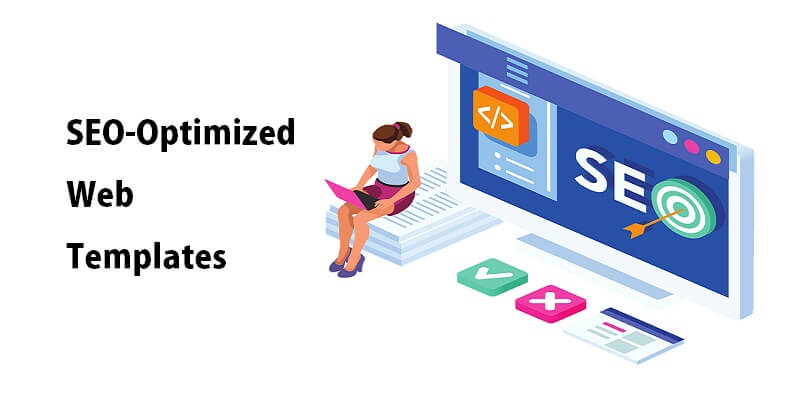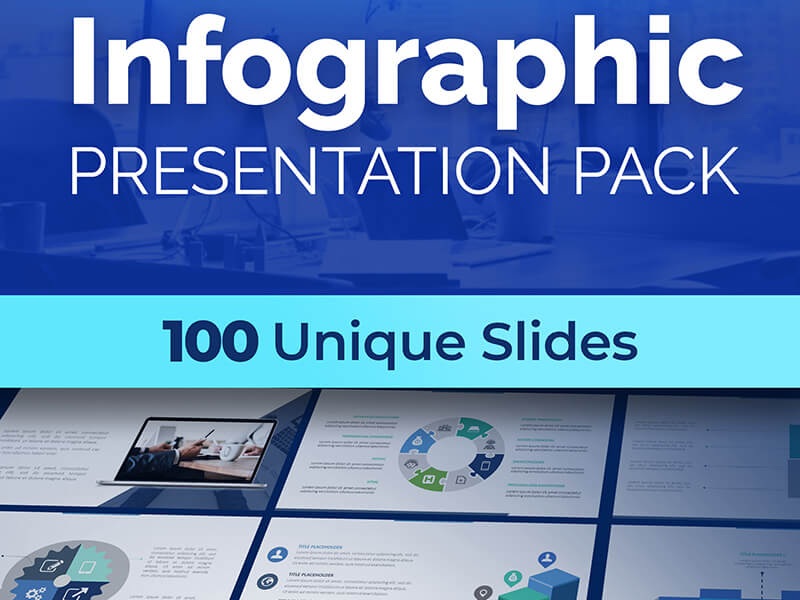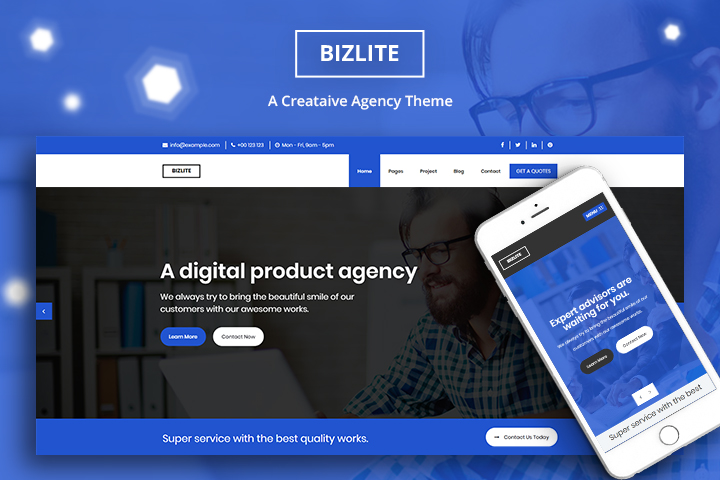In 2025, search engine algorithms continue to evolve, making SEO-optimized web templates more critical than ever.
Whether designing a WordPress website, an HTML landing page, or an e-commerce store, following the latest SEO strategies can significantly impact your site’s visibility and ranking on Google.
This guide will explore the best practices for building web templates that are both aesthetically appealing and SEO-friendly.

1. The Importance of SEO in Web Design
When ranking websites, modern search engines prioritize user experience, performance, and relevance. A well-structured WordPress website or HTML template must meet key SEO criteria such as:
- Mobile-first indexing – Ensuring your site is responsive and optimized for mobile users.
- Core Web Vitals – Improving loading speed, interactivity, and visual stability.
- Structured data implementation – Using schema markup to enhance search engine understanding.
- Security features – Implementing HTTPS and strong encryption to boost trust.
- Clean UX design – Avoiding excessive pop-ups and ensuring a seamless navigation experience.
2. Key Features of an SEO-Optimized Template
A well-designed SEO template should include:
- Clean, semantic HTML – Using correct tags like <header>, <section>, and <footer>.
- Lightweight CSS and JavaScript – Reducing unnecessary code for faster loading times.
- SEO-friendly URL structures – Avoid dynamic URLs with excessive parameters.
- Fast page speed – Minimizing large images, unnecessary scripts, and excessive animations.
- Proper heading hierarchy – Using H1, H2, and H3 tags appropriately for better content structuring.
- Internal linking strategy – Ensuring pages are connected logically for better crawlability.
Choosing an SEO-optimized theme can make a huge difference for a WordPress website. Lightweight, mobile-responsive, and customizable themes tend to rank better in search results.
3. How AI is Enhancing SEO Optimization
Artificial Intelligence is transforming SEO strategies, helping designers and developers automate various optimization tasks, such as:
- AI-generated meta descriptions and alt tags for better content indexing.
- Automated keyword analysis to optimize on-page content.
- AI content humanizing to improve readability and search engine rankings.
- AI-powered image compression to reduce load time without compromising quality.
- Content gap analysis to find missing opportunities for ranking higher.
AI-driven tools like Google’s RankBrain and natural language processing (NLP) algorithms allow search engines to understand context better, making content relevance and quality even more crucial.
4. Best Tools and Plugins for SEO Optimization
To enhance your template’s SEO, consider these essential tools:
- Yoast SEO – A must-have plugin for optimizing any WordPress website.
- Google Lighthouse – A tool for evaluating site performance and SEO health.
- Rank Math – An alternative SEO plugin for WordPress with advanced optimization features.
- Screaming Frog – Useful for finding broken links and analyzing site structure.
- Ahrefs and SEMrush – Powerful tools for backlink analysis and keyword research.
- Google Search Console – Essential for monitoring search performance and fixing indexing issues.
5. Working with an SEO Consultancy for Template Optimization
For businesses and developers looking for expert guidance, partnering with an SEO consultancy can streamline the optimization process. Professional consultants can help with the following:
- On-page and technical SEO audits to identify areas for improvement.
- Content structuring to enhance keyword targeting.
- Backlink strategies to build domain authority.
- Performance optimization to boost Core Web Vitals scores.
- Competitor analysis to stay ahead in search rankings.
SEO consultants can also offer guidance on AI-driven tools and custom SEO strategies to ensure web templates remain relevant amid search engine changes. They can help decode complex SEO terminology, making it easier for teams to implement best practices effectively.
6. The Impact of Schema Markup and Rich Snippets
One of the most overlooked SEO strategies in 2025 is schema markup. By adding structured data, websites can appear in rich snippets and featured search results, improving click-through rates. Some key schema types include:
- Article schema – Helps blogs and news articles gain more visibility.
- Local business schema – Essential for companies targeting geographic locations.
- FAQ schema – Enhances Q&A content, making it eligible for Google’s ‘People Also Ask’ section.
- Product schema – Improves e-commerce visibility by displaying ratings and prices in search results.
7. Adapting to Future SEO Trends in 2025 and Beyond
These days, good SEO isn’t just a bonus — it’s a core part of smart web design and development. As technology advances, web designers and developers must stay ahead of emerging trends, including:
- Voice search optimization – Ensuring content is structured for natural language queries.
- Video SEO – Optimizing video content for Google and YouTube rankings.
- Google’s AI-driven updates – Keeping up with algorithm changes to maintain visibility.
- Hyper-personalization – Customizing user experiences based on browsing behavior and data.
Final Thoughts: Designing with SEO in Mind
Creating an SEO-optimized template isn’t just about design aesthetics; it requires a strategic approach that aligns with search engine guidelines.
Whether building a WordPress website or coding a custom HTML template, implementing the correct SEO strategies can dramatically improve organic rankings.
By combining AI-driven tools, expert insights from an SEO consultancy, and best practices in coding, developers can create future-proof templates that stand out in the digital landscape.






